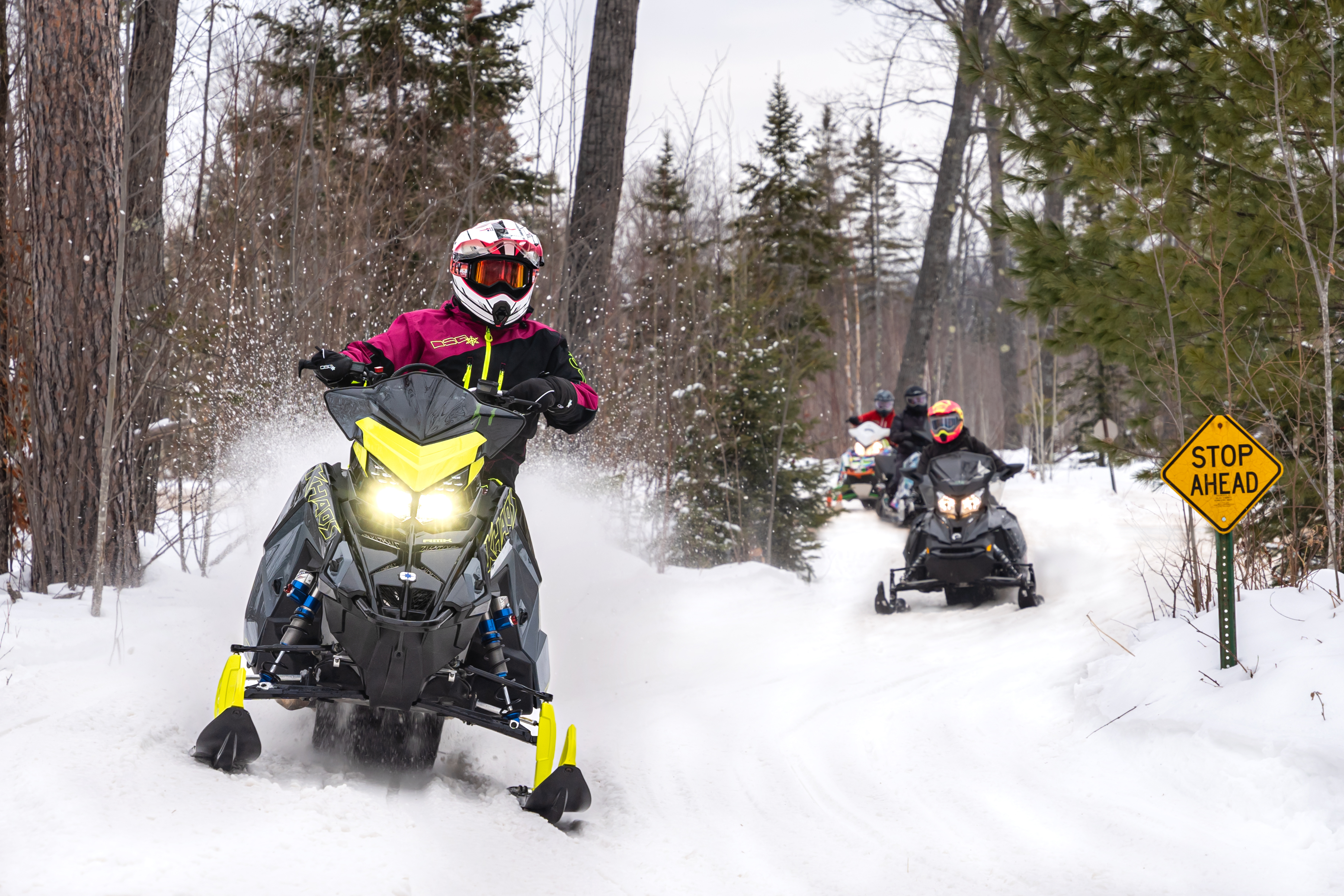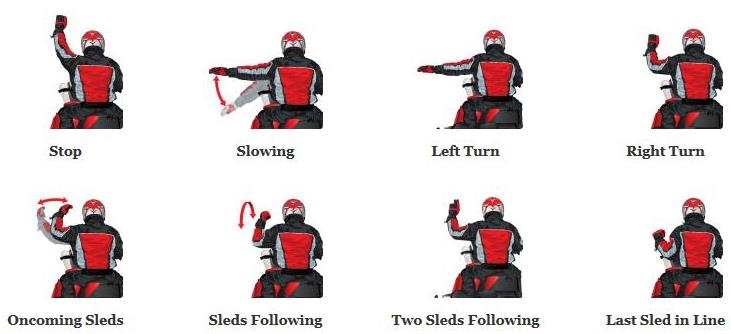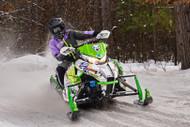Basic Snowmobile Etiquette
Posted by Samantha Simma on Mar 21st 2019
So much of any outdoor recreational activity is about respect—respect for the outdoors, your equipment, fellow enthusiasts and others. There’s no shortage of a need for respect when it comes to snowmobiling: respect for the terrain, the conditions, your riding buddies and others who are enjoying the same open spaces in other ways. By maintaining a basic level of etiquette for these many moving parts, from parking lot entry to exit, it will only make your day more enjoyable and stress-free.

Trail Etiquette
Like on most North American roads, drive on the right hand side of snowmobile trails. Be cautious of blind turns, tunnels, curves and other areas where there may be high collision potential with oncoming traffic. Always ride single file on the trails, keeping a safe distance from the sled in front of you—ice chunks to the face is a last-chance warning you’re riding too close to your buddy. Be equally cautious at all intersections, whether the trail is intersecting another trail, a road, train tracks, etc. When you’re traveling downhill, uphill drivers have the right of way. Similarly, give skiers, hikers, snowshoers, dogsleds, horses and any others the right of way. Be respectful of these trail users by slowing down your machine and giving them plenty of space.
This logic applies to most trail scenarios: exercise caution and control by slowing down around other people, machines or wildlife. When you’re passing a parked snowmobile on the trail or passing a stopped group, slow down. If someone looks to be having trouble with their snowmobile, it is polite to stop and ask if they are okay or need assistance. If you need to pull over, do so on the right hand side of a straight stretch. Turn off your snowmobile while stopped. If you are going to pass a slower group, pass on the left and only after they’ve waved you on.
Always operate your snowmobile in a safe, controlled manner on the trails. While it is commonplace to signal to an approaching group how many riders are behind you, if signaling with one hand will inhibit your ability to control your snowmobile, skip the signaling and maintain your control. Respect the speed limits, and if you cannot safely operate your snowmobile at those speeds, ride to your abilities. Many trails, especially in populated areas, cut through fields or yards that belong to private property owners. Respect their land, and the generosity they’ve provided with its use, by keeping it as clean or cleaner than you found it. Do not go off-trail or on private property without permission. In wildlife areas, respect critical range closures.

Groomer Etiquette
When you approach a groomer, either from behind or straight-on, employ the same level of respect we encourage when you approach other groups of snowmobiles. These trail workers help make your ride a more pleasant one, and for their efforts they more than deserve the right of way. If you are approaching a groomer head-on, pull over to the side, stop and allow the groomer to pass. If you are stuck behind a groomer, allow them to acknowledge your presence and pull over so you can safely pass. Pass slowly, be aware of your surroundings and only pass when you have plenty of room and a clear line of sight.
Parking Lot Etiquette
Parking lot delineations (if there are any) disappear in the snow, but that doesn’t mean common sense should as well. Many accidents occur in parking lots—they’re a highly active arena of human, vehicle and machine commotion. Keep the chaos to a minimum by calmly, safely and patiently navigating these areas.

Whether you’re entering a parking lot that’s full or empty, park in a way that optimizes the remaining space for other rigs. Exercise kindness and patience when you’re scoping out a parking space. Rushing to snag a spot isn’t worth the expense of property and life from an accident. Be on alert for all movements by other people and vehicles—forward, reverse, etc. Signal when appropriate, like when you’re waiting to turn into a spot someone is reversing out of. At the same time, be patient while this person executes a safe reverse from the spot. And when it’s your turn, don’t put your car in reverse, signaling your departure, before you’re ready to leave. The more communication you provide to others, the easier and more efficient everyone’s parking lot experience will be.

